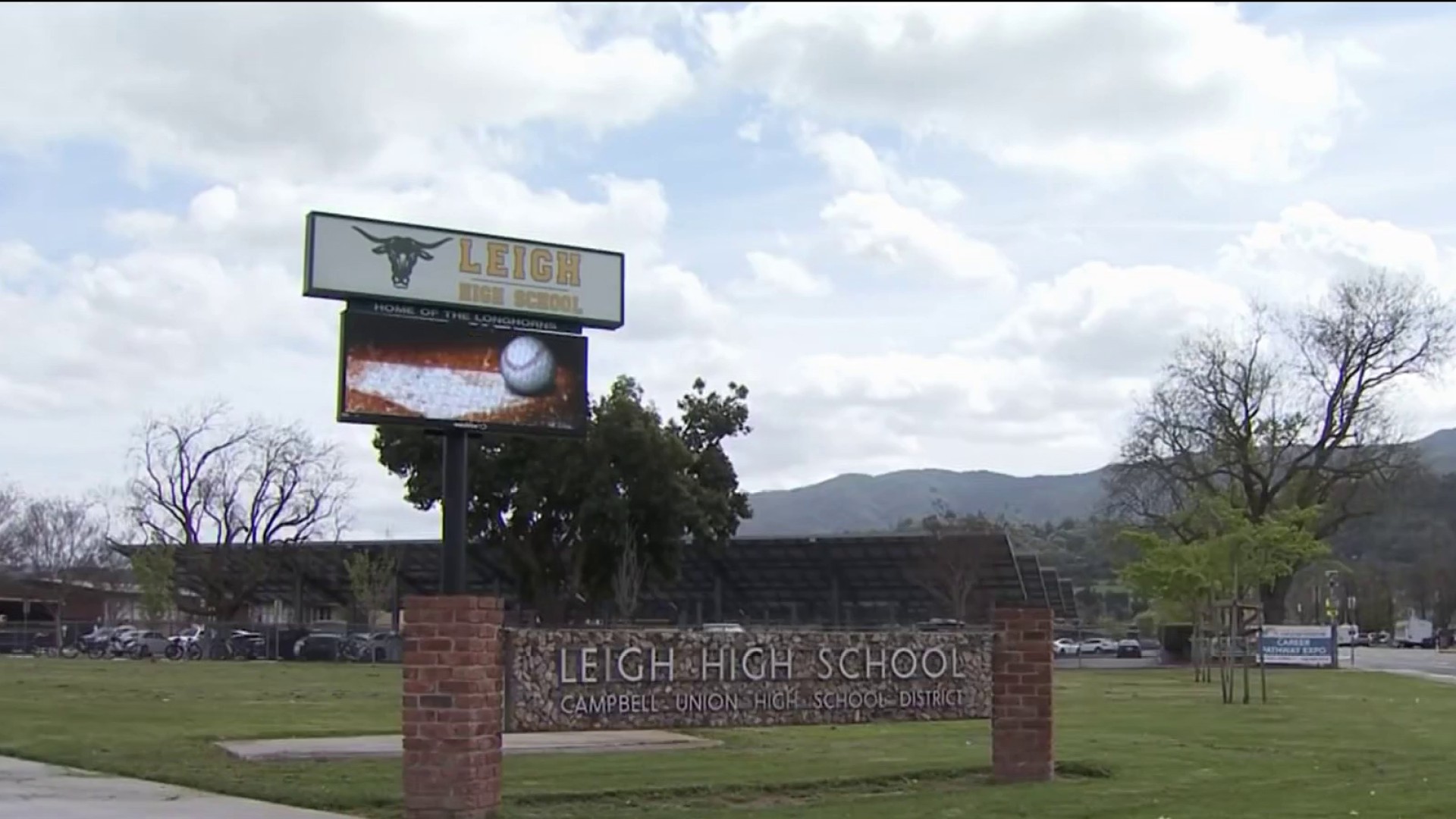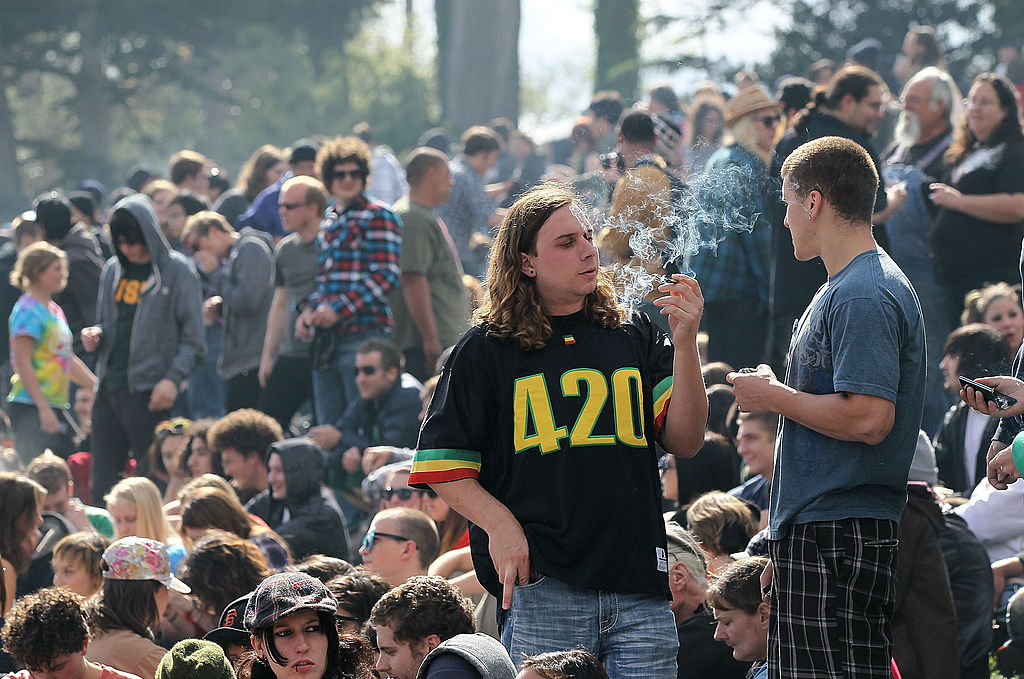So that sonic boom heard from Boomtown to Bakersfield and beyond did indeed have out-of-this world origins.
An object seen nearly as bright as the Sun accompanied by a sonic blast heard for 400 miles was “a large meteoric event” according to NASA’s Meteoroid Environment Office.
Speaking to SpaceWeather.com, Bill Cooke, head of NASA’s MEO office says, “The energy is estimated at a whopping 3.8 kilotons of TNT, so this was a big event,” he continues. “I am not saying there was a 3.8 kiloton explosion on the ground in California. I am saying that the meteor possessed this amount of energy before it broke apart in the atmosphere. [The map] shows the location of the atmospheric breakup, not impact with the ground.”
The event that rattled windows, set off car alarms and glaringly bright enough to be seen in early morning daylight was also recorded via the Nevada Seismological Laboratory as the sound wave (sonic boom) passed across the ground from seismological station to station in Nevada.
Based on initial reports, University of Nevada Reno astronomers believed the likely cause was in fact an exploding meteor, also known as a bolide roughly the size of a washing machine entering the Earth’s atmosphere at a high rate of speed. Bolides are known for explosive ends to their brief journey through the atmosphere as intense heating and deceleration forces can cause the object to explode, with a field of smaller meteorites sometimes reaching the surface.

Scientists now believe the object may have been possibly larger, therefore packing more potential energy proportionate to its speed and size.
Local
“The fact that sonic booms were heard indicates that this meteor penetrated very low in atmosphere, which implies a speed less than 15 km/s (33,500 mph),” Cooke said to SpaceWeather.com ”Assuming this value for the speed, I get a mass for the meteor of around 70 metric tons. Hazarding a further guess at the density of 3 grams per cubic centimeter (solid rock), I calculate a size of about 3-4 meters, or about the size of a minivan.”
Based on these many eyewitness reports on the American Meteor Society’s website, the event was possibly seen over several states, the object may have remained largely intact for awhile before finally exploding in a dazzling if not ear-numbing finish.
But was the item’s origin related to the Lyrid Meteor shower that was occurring at the same time? Based on what is known of most meteor showers, it seems unlikely and more of a unique coincidence.
Meteor showers caused by the Earth passing through the path of a comet, such as in the case of the Lyrid Meteor shower where the Earth is moving through Comet Thatcher’s debris field, often involve sand grain to pebble sized objects that enter the atmosphere at speeds sometimes exceeding 100,000 mph. These tiny objects burn up in a brief flash of light we see as meteors in the night sky and rarely are large enough to actually reach the ground.

As comets are made out of a varying combination of ice and rock, they like “dirty snowballs” thought to be left over remnants of the earliest formation era of our solar system. As these object swing past the Sun, ice and rock is vaporized, ablated off the surface of the comet which the Earth later will sometime come into contact with as the planet revolves around the Sun. This is the case with all meteor showers such as the more well known Perseids, Leonids and Orionids.
So what was the source then for Sunday’s Sierra meteoric blast? Cooke has a theory.
“This meteor was probably not a Lyrid; without a trajectory, I cannot rule out a Lyrid origin, but I think it likely that it was a background or sporadic meteor.”
The question is now, “where did it (or pieces of it) land?”
Scientists hope to narrow down the path of exploding meteor based on seismograph/sound wave data, which may help pinpoint where fresh meteorites await to be found. If recovered, the remnants may solve the origin what really happened on Sunday morning.
The truth as they say, is out there. - Rob Mayeda



